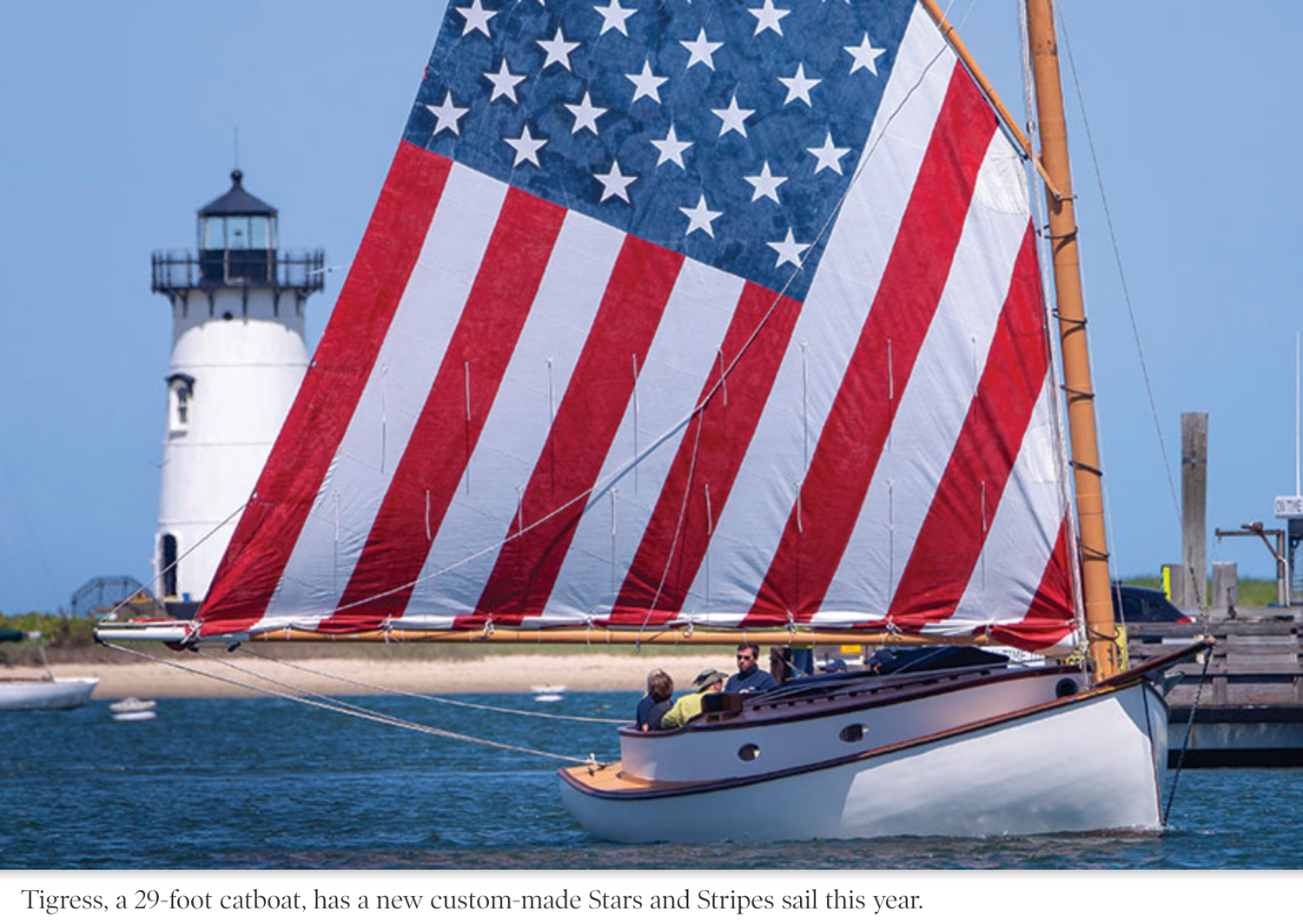
Signal Strong: Flag Day, Nautical Flags, and the Language of the Sea
Each year on June 14, the United States celebrates Flag Day, honoring the adoption of the Stars and Stripes as the official national flag in 1777. While this holiday often prompts patriotic displays and reflections on national identity, it’s also a perfect moment to dive—quite literally—into another world where flags play a vital, even lifesaving, role: the maritime world.
Welcome aboard as we explore the history of Flag Day, the colorful world of nautical flags, and the fascinating maritime codes that still govern how ships communicate across the globe.
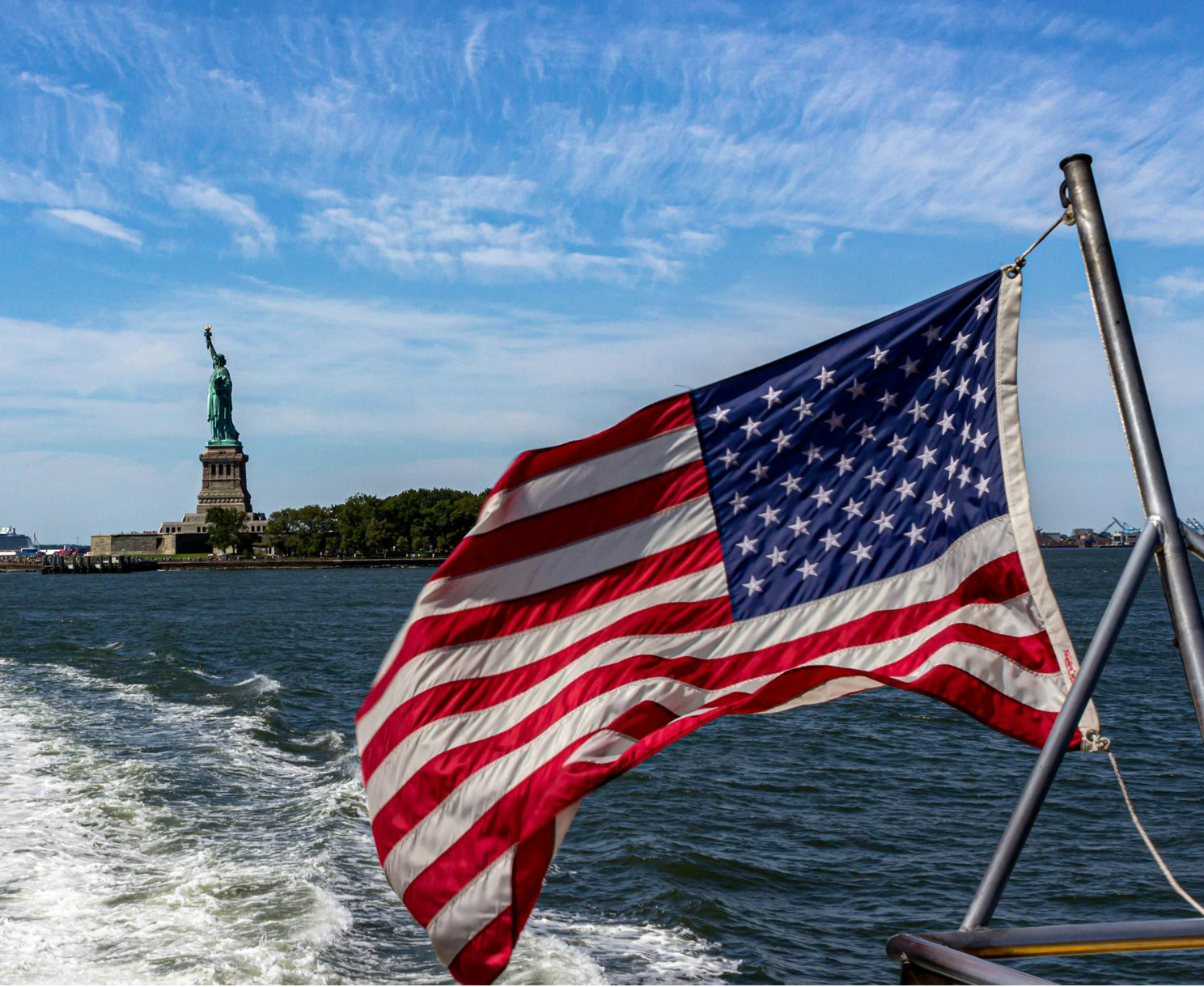
🇺🇸A Brief Look at Flag Day
Flag Day commemorates the day when the Continental Congress approved the design for a national flag. Though it's not a federal holiday, it has been observed in various forms since the late 19th century, and in 1916, President Woodrow Wilson officially proclaimed June 14 as Flag Day.
Beyond the red, white, and blue of the American flag, this day invites a broader reflection on the power of flags as symbols—of nations, of causes, and of communication.
The US flag, officially called the Flag of the United States of America, is composed of 13 alternating red and white stripes and 50 white stars on a blue field (the canton).The 13 stripes represent the original 13 colonies, and the 50 stars represent the 50 states of the Union.The flag's width-to-length ratio is 10 to 19. The current flag, with 50 stars, was adopted in 1960 after Hawaii became the 50th state.

The Sea Speaks in Flags
Before radio and satellite communication, the high seas were a place of mystery—and miscommunication. To solve that, mariners developed a system of nautical signal flags, a vibrant alphabet of shapes and colors used to send messages ship-to-ship or ship-to-shore.
International Code of Signals (ICS)
The International Code of Signals, first established in the 19th century and standardized in 1931, is still in use today. It uses a set of 26 flags, each corresponding to a letter in the alphabet, along with ten numerical pennants and a few substitutes. Each flag also has a specific meaning when flown alone.
For example:
A (Alfa): “I have a diver down; keep well clear at slow speed.”
B (Bravo): “I am taking in, discharging, or carrying dangerous cargo.”
Q (Quebec): “My vessel is healthy and I request free pratique” (a health clearance).
These aren't just symbolic; they can indicate emergencies, requests for assistance, or navigational instructions.

Communicating Without Words - CODE
What makes nautical flags so powerful is their clarity in visual communication. Bright colors and bold patterns are easily visible from a distance and can be arranged in sequences to spell out detailed messages.
Flags can be:
Hoisted on a halyard (rope line)
Flown individually for meaning
Grouped in combinations to spell words or code phrases
In critical situations—especially when electronic systems fail—this analog method of communication becomes indispensable.
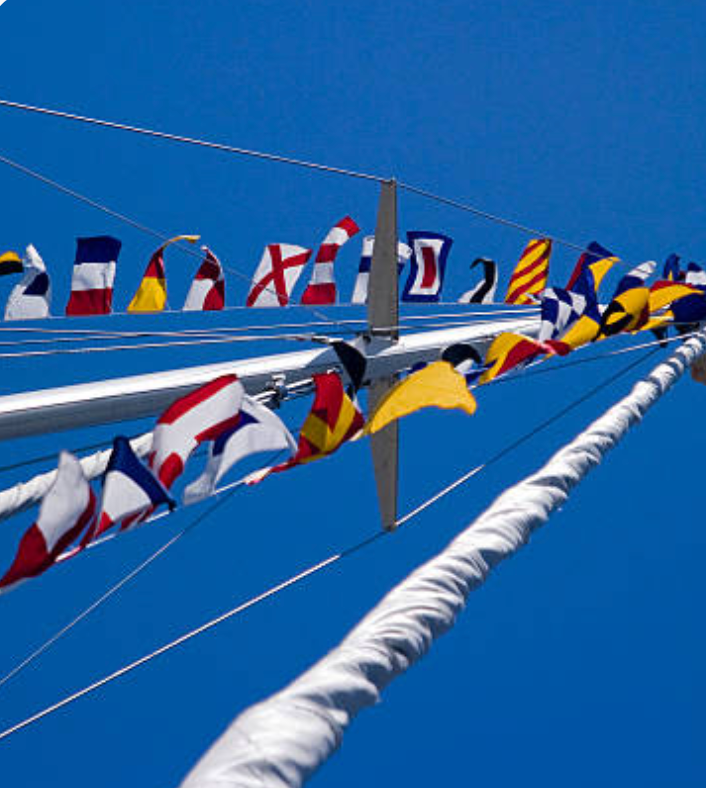
The Culture of Flags at Sea
Maritime tradition is rich with ceremonies and etiquette:
Ships fly national ensigns at the stern to indicate country of registration.
The signal for man overboard is the Oscar flag (red and yellow divided diagonally).
Code flags are also used in yacht racing, naval ceremonies, and even in decorative “dress ship” displays for special occasions.
In short, flags don’t just serve function—they foster identity and camaraderie among those who navigate the open seas.
Why It Matters Today
In a world dominated by digital communication, there’s something grounding and poetic about the enduring utility of flag signals. They remind us that:
Simplicity and clarity can still save lives
Visual languages transcend national borders
Tradition and technology can coexist and complement one another
So this Flag Day, take a moment to appreciate the stripes, but also salute the squares, triangles, and chevrons that speak for the silent waves.
Final Signal
🟦🟥🟧 To the untrained eye, nautical flags might look like decorations. But to sailors, they’re a living language, woven into the history of exploration, trade, and survival. Whether you're on land or sea this June 14, remember: flags don’t just flutter—they communicate.
Happy Flag Day, and fair winds!
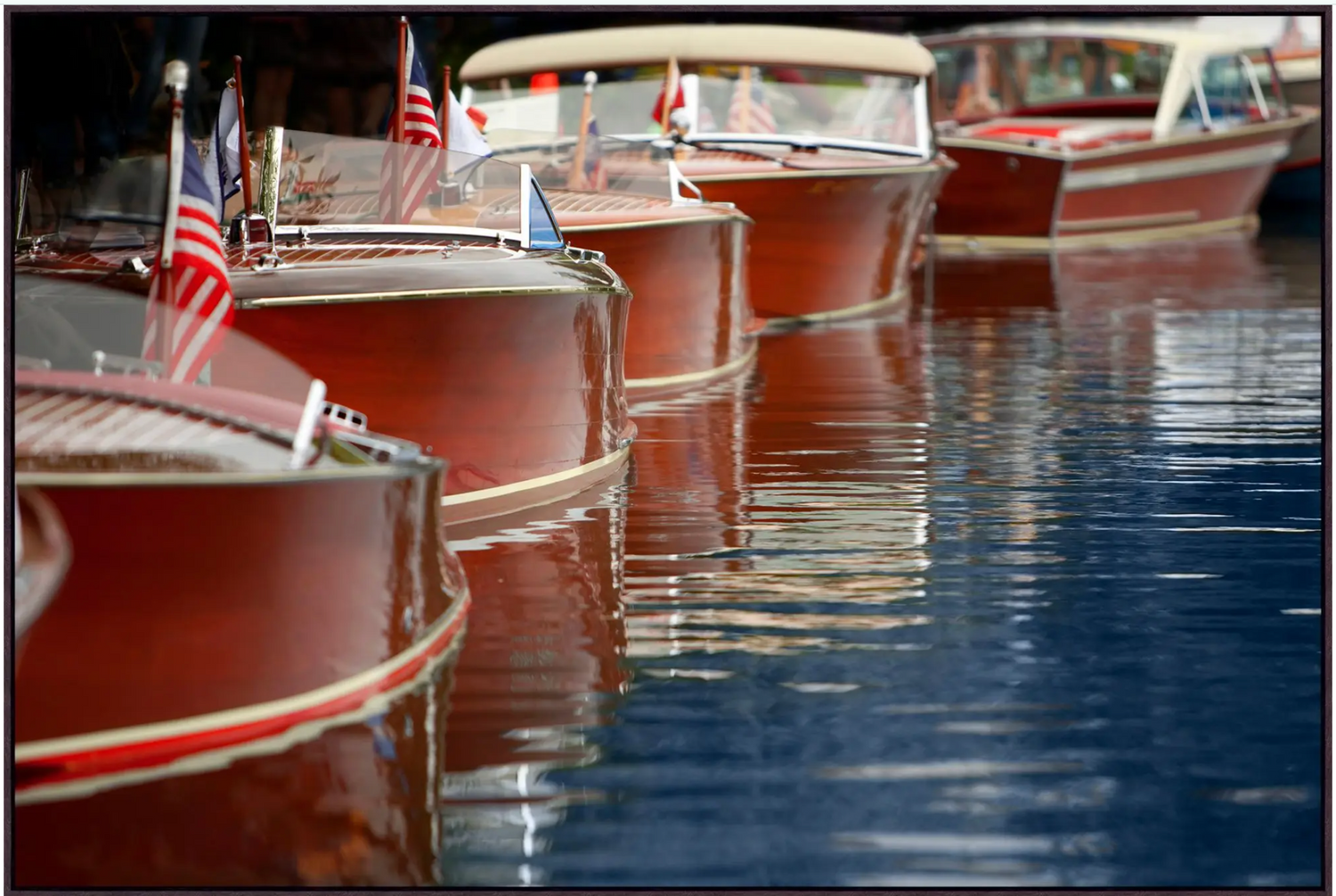
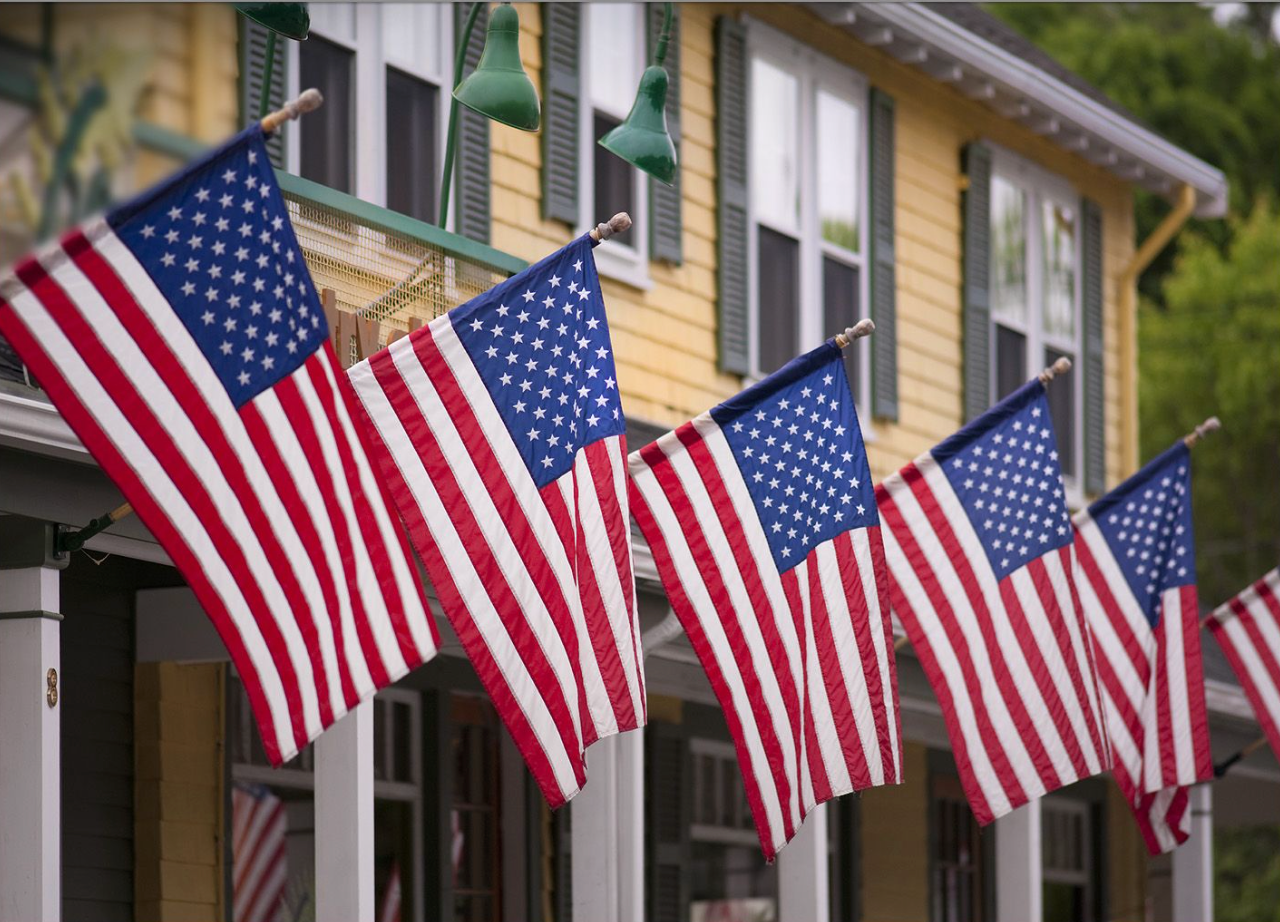
June 09, 2025
Signal Strong: Flag Day, Nautical Flags, and the Language of the Sea
Flag Day commemorates the day when the Continental Congress approved the design for a national fl...
Read
June 03, 2025
Fired Up, Played Out & Poured Right: Father’s Day Gifts That Bring the Fun Home
Father’s Day is the perfect excuse to go all-in on celebrating the man who taught you the value o...
Read
May 31, 2025
Wicker Wonders - The Charm of Rattan
One of the greatest advantages of rattan furniture is its versatility. Whether you're furnishing ...
Read
May 20, 2025
Seaglass Bedroom Collection
Transform Your Bedroom with The Seaglass Collection If you're seeking to infuse your bedroom with...
Read





